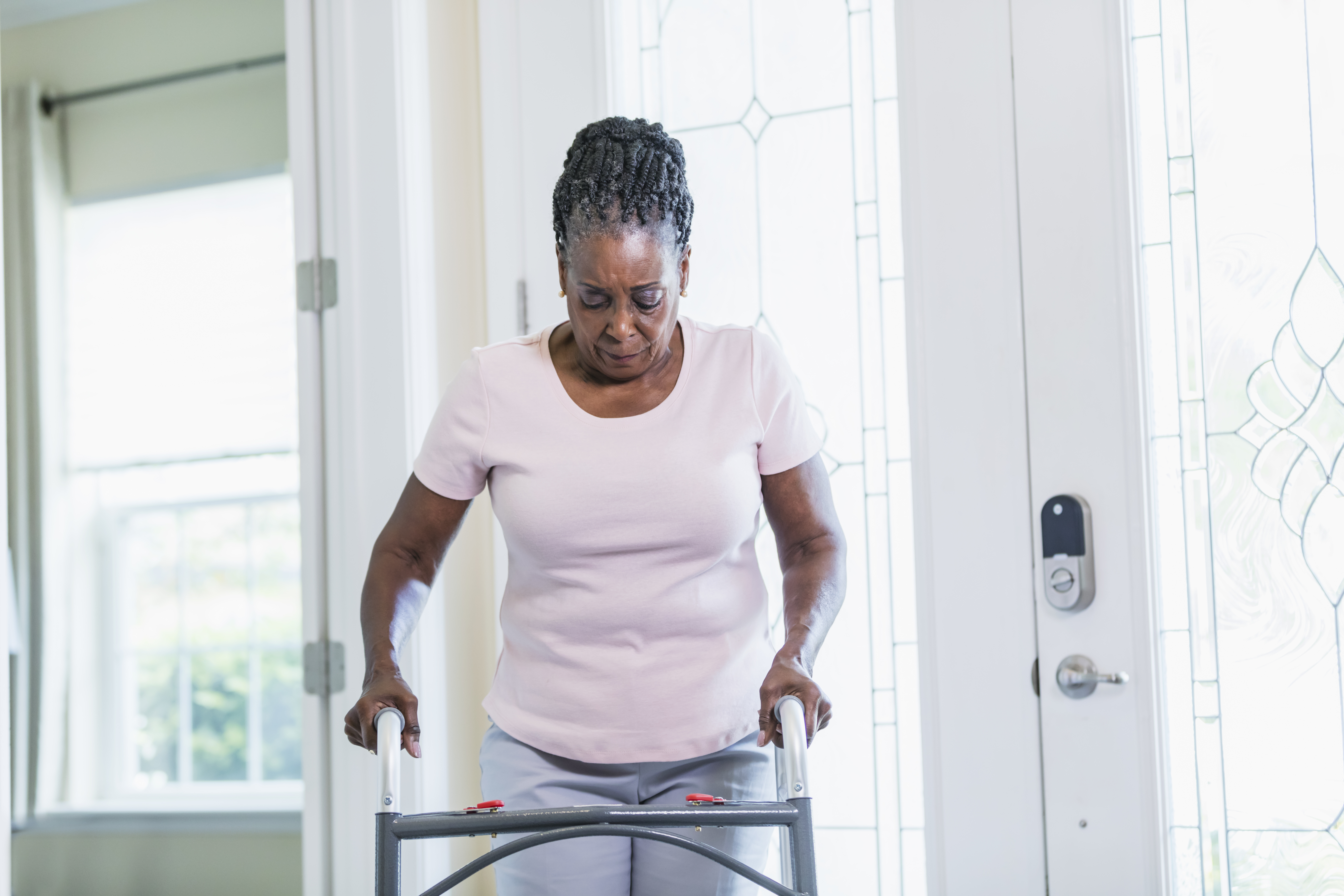
Are you living in your Forever Home?
Or, put another way, is your house ready for you to age?
Those are only weird questions if you are not planning on getting older! Aging in place is a term used to describe the ability to live in your own home safely, independently, and comfortably for as long as possible.
About 15 years ago, my parents started looking for their forever home. They had a list of ‘must haves’ which included three bedrooms, two bathrooms, a pool, and a large yard. When they found the house that met their criteria, they were ready to show it to my sister and I.
My gerontologist soul almost died right then and there. The house was a two-story home with all the bedrooms upstairs. A conversation was had regarding the physical layout of the home. Ultimately, against the advice of their children, they decided to buy the house.
As predicted, they continued to age. Now, 15 years and a hip replacement later, they will need to add a bedroom and a full bathroom to the bottom floor to have maximum access for the duration of my mom’s life. Or they will need to move.
What Makes a Home Right for Aging in Place?
There are many different assessments to help determine if a house is ready to age in place. A quick review of a house using a walker could be a great start to preparing for the future. Using a walker through a house will force you to become more aware of the house’s flooring, lighting, and door widths.
Where are the bedrooms and bathrooms and are they easily accessible?
Can someone with limited mobility get in and out of the tub or shower safely without another person being physically present? Handrails may need to be utilized around the toilets and tubs, especially if the senior will be living alone.
Can the individual get in or out of the home safely?
Is there access to windows and doors for someone using a walker or wheelchair?
Can emergency personnel get into the home with a gurney should there be a need?
Look at the rugs for any frayed edges or edges that roll up, these could be trip hazards.
Walking through a home at different times can bring awareness to areas of the home that may need more lighting. People with compromised vision due to age, cataracts, or other vision disparities, may see shadows differently, which could create trips in the home. An easy way to remedy lighting issues could be to install light switches at each entry into the room or even voice activated lights.
Traditional door knobs could also cause issues for people with limited range of motion in their hands due to strength issues or arthritis, so consider installing door levers.
Now is also a good time to look at furniture placement.
Install at least one ramp outside for any future needs. Keep all steps in good repair and replace the rails as needed.
There is a lot more to a home assessment, but these questions will get you started. We all want to age gracefully and comfortably in our own home. Do your part now to make that happen.
Hammerle Finley Can Help With Your Guardianship Needs
If you or a loved one has questions about adult guardianship, schedule a consultation with the experienced attorneys and staff at Hammerle Finley Law Firm.
Courtney Carey is a Texas Certified Guardian and a Care Manager, with experience in Texas Medicaid waiver programs, intellectual and developmental disabilities, mental health, and geriatrics. Contact Hammerle Finley Law Firm to schedule a consultation: www.hammerle.com. This column does not constitute legal advice.







